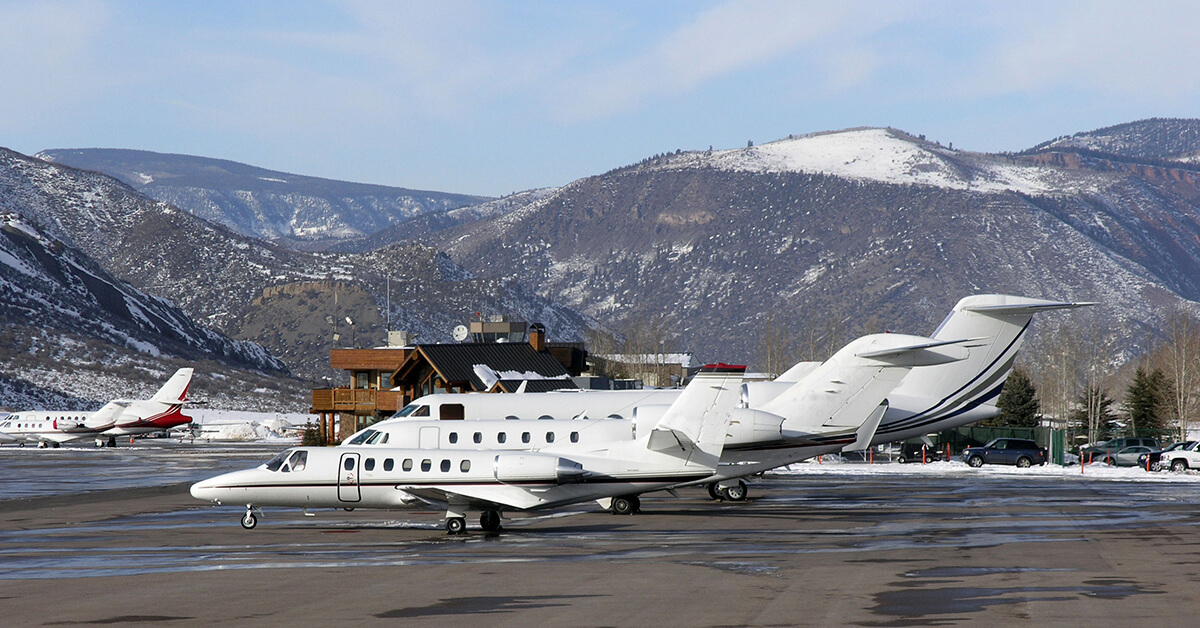
Sept. 14, 2020
If your business will take you to ski country airports this winter, experts say it’s never too early to start planning to ensure safety and reduce the possibility of any trip-altering surprises, according to panelists on a recent NBAA News Hour webinar.
Webinar presenters emphasized the importance of researching airport websites in advance and utilizing all resources available from the FAA, NBAA, flight planning providers and others to become as familiar as possible with your destination airport, alternates, possible routes and re-routing.
“Pre-planning is critical, including finding out information on what to expect,” noted Heidi Williams, moderator and NBAA director of air traffic services and infrastructure. “We’ve already had a winter storm, and the wildfires are also causing some temporary restrictions and procedures.”
Jason Herman, CAM, and chair of NBAA’s Domestic Operations committee, recommended that anyone operating into any one of the ski-country airports do the following:
- File early
- Carry sufficient fuel and have at least one, and preferably two, alternates
- Have logistic back-ups, even at the alternate airports
“Some operators don’t grasp all the intricacies of operating into airports like Aspen [Aspen/Pitkin County Airport, ASE]. There are lots of challenges and technical details,” warned Herman. “There is a lot of information out there, so find out what you can about flying into those environments. Talk to other operators.”
Caroline Bonynge, director of operations, safety and ARFF at ASE, agreed. “Winter here is a nine-month season,” she said. “Plan ahead, and be aware of our conditions, as they can change very quickly. Check the NOTAMs, communicate with the FBO and be patient. Mountain airports are unique.”
Panelists agreed that filing the night before the trip is important, so your operation is not considered a pop-up. “That could lead to additional delays,” noted Dean Snell, NBAA manager, air traffic services. “It’s also hard to predict a diversion ahead of time, so having an alternate in your back pocket is a great idea, as well as extra fuel.”
“It all boils down to demand and capacity, and keeping everybody going safely and efficiently,” said Chad Hudgins, traffic management officer, Denver District, FAA. “Operators should be up to speed on advisories, letters to airmen and FAA’s playbook routings for Ski Country 1 and Ski Country 2.”
Neil Everett Capano, founder/corporate aviation advisor for YonderWest Aero, reminded webinar attendees to be “friendly” to the communities they are visiting.
“As flight departments, we need to aware of what levels of risk we are willing to accept and how it will affect others. The community is so important.” He noted the importance of setting appropriate expectations for passengers about the changes that might happen en route, with the overarching goal of a safe trip.
“Don’t wing it,” declared Capano. “Figure out your plan in advance.”


 International Business Aviation Council Ltd.
International Business Aviation Council Ltd.